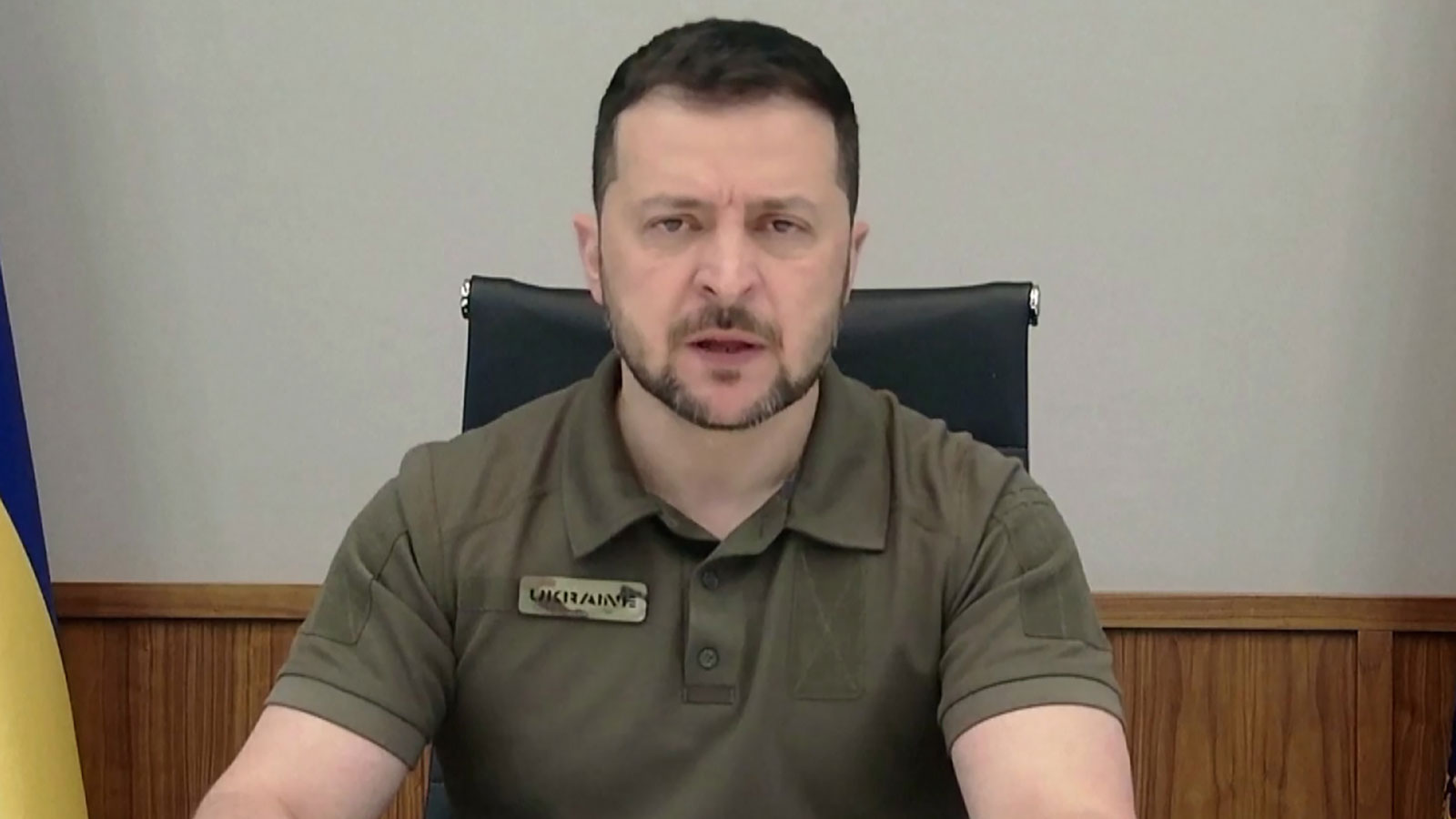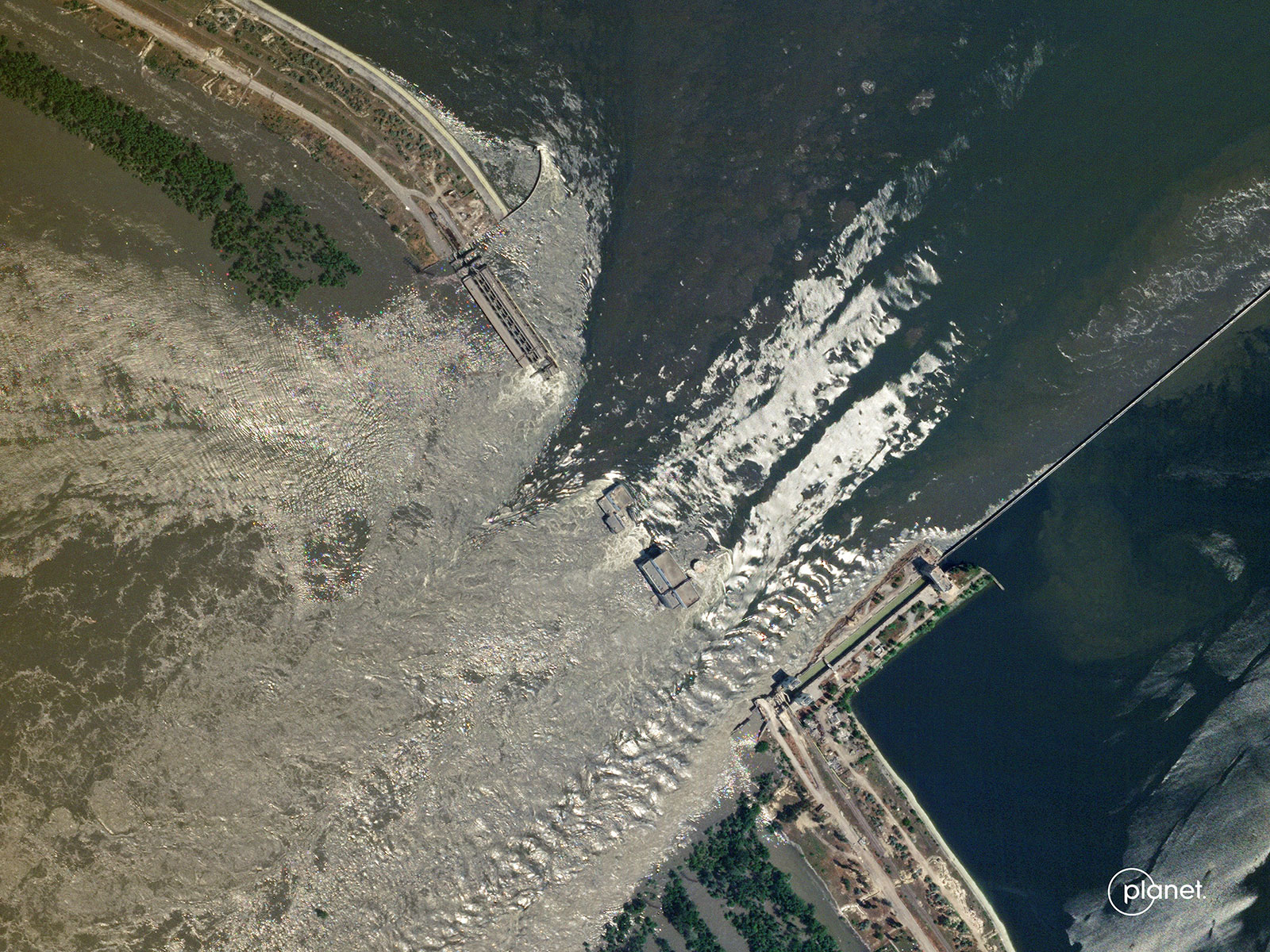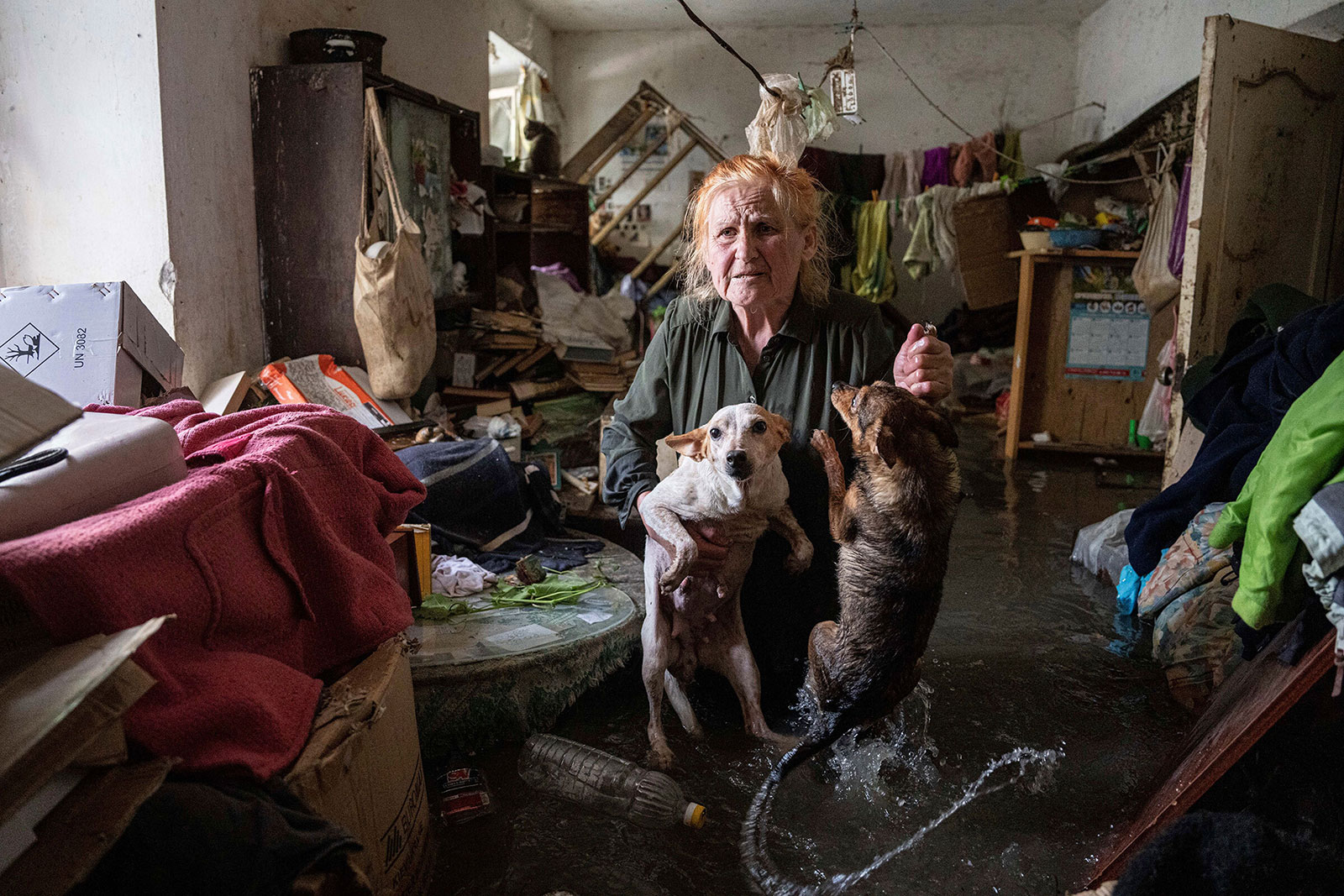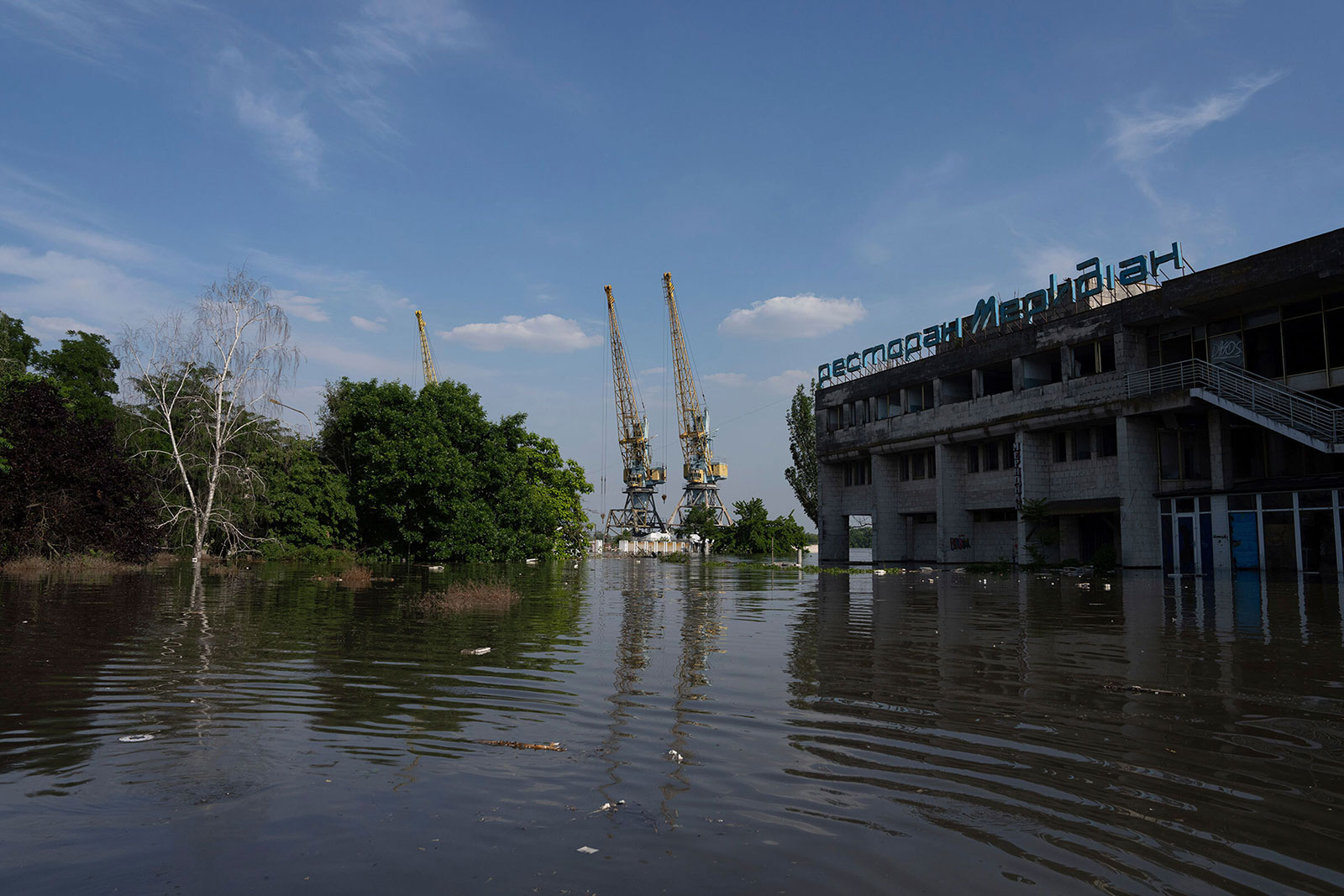
Ukrainian troops witnessed Russian soldiers being swept up in flood waters and fleeing the east bank of the Dnipro River after the collapse of the Nova Khakovka dam, an officer in Ukraine's armed forces said. Many Russian troops were killed or wounded in the chaos, according to the officer.
Capt. Andrei Pidlisnyi said when the dam collapsed in the early hours of Tuesday morning “no one on the Russian side was able to get away. All the regiments the Russians had on that side were flooded.”
Pidlisnyi told CNN he believed the Russians had deliberately attacked the dam to disrupt Ukrainian forces’ plans for an upcoming offensive.
“Around 3 a.m., the enemy blew up the Kakhovka Hydro Power Plant in order to raise the water level to flood the approaches and the left bank of the Dnipro River, as well as the settlements located there. And to make it impossible for the Ukrainian armed forces to advance in the future," he claimed.
Pidlisnyi explained that the lie of the land around the river meant that Russia’s military — located on the east bank — suffered serious impacts in the dam’s breach. His unit was able to watch the events unfold through the use of drones and troops on the scene.
“The left [east] bank is lower than the right bank, so it is more flooded. The enemy’s positions right on the riverbank were also flooded. You need to understand that the enemy's positions are not only trenches but also ordinary civilian houses where they lived," Pidlisnyi said.
The Russian units in harm’s way may not have been warned, possibly to maintain the element of surprise, Pidlisnyi said.
Pointing blame: Ukraine’s government has echoed Pidlisnyi’s contention that Russia deliberately blew up the dam, while the Kremlin has said it was Kyiv’s forces that carried out an attack.
In fact, evidence to conclusively support either side’s claim is yet to emerge, while analysis of videos of the dam, and its subsequent breach, and in particular examination of satellite imagery, suggest the collapse could have been the result of structural failure since the Russians occupied the dam in March last year.
Watch:









